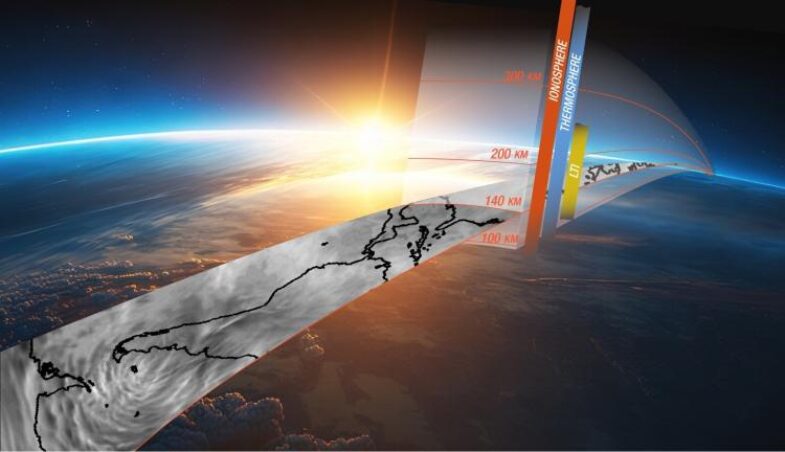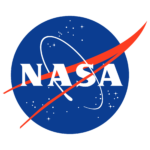
Haystack part of DYNAMIC team to advance in NASA space weather competition
A joint proposal of the University of Colorado Boulder in partnership with Johns Hopkins Applied Physics Laboratory, NASA’s Jet Propulsion Laboratory and the MIT Haystack Observatory has earned a $2 million award for a NASA mission concept study.

The team is one of a group of three chosen by NASA in a competition to develop Phase A proposals to enact the space agency’s Dynamical Neutral Atmosphere-Ionosphere Coupling (DYNAMIC) mission. The mission will ultimately design and build a satellite with science payloads to explore fundamental gaps in our understanding of how changes in the lower atmosphere influence the upper atmosphere and low Earth orbit.
“We’re grateful and overjoyed for this opportunity to work together to make our vision of DYNAMIC a reality. With these measurements, we can finally gain an understanding of the critical link between Earth’s atmosphere and space,” said Tomoko Matsuo, principal investigator on the project and an associate professor in the Ann and H. J. Smead Department of Aerospace Engineering Sciences at CU Boulder.
Additional partners joining CU Boulder and APL include NASA’s Jet Propulsion Laboratory (JPL) in Southern California, Massachusetts Institute of Technology’s Haystack Observatory in Westford, Massachusetts, Clemson University in South Carolina, Arizona State University, the University of Alaska Fairbanks and the National Center for Atmospheric Research in Colorado.
The team’s project will fulfill science goals recommended by the 2013 Decadal Survey for Solar and Space Physics published by the National Academies of Sciences, Engineering, and Medicine.

When launched, DYNAMIC is expected to providecomprehensive measurements ofthe upper atmosphere in the very low-Earth orbit (VLEO, below 300 km) range — the new frontier for spacecraft operation. This will provide a deeper understanding into how space weather — events generated by activity on the Sun and the Earth’s weather — can interfere with satellites, navigation systems and other technology.
“This opportunity is a great match with MIT Haystack’s extensive space weather expertise,” said Larisa Goncharenko, Project Scientist on the team and lead geospace research scientist at MIT Haystack Observatory. “The DYNAMIC mission is crucial to improving our understanding of near-Earth space environment.”
“We have been looking forward to a mission such as DYNAMIC for many years, and are grateful for the NASA step 1 selection,” said Jason Kalirai, APL’s mission area executive for Space Formulation. “Our PI, team at the Lab, and partners across the nation are excited to push forward on a new Heliophysics mission that will answer fundamental questions about how space weather affects our planet.”
Adapted from a NASA release written by Brett Molina and Jeff Zehnder, with contributions from Kim Baptista in the School of Earth and Space Exploration at ASU.
Media contacts: Brett Molina, 240-592-6930, Brett.Molina@jhuapl.edu; Jeff Zehnder, 303-492-3880, jeff.zehnder@colorado.edu